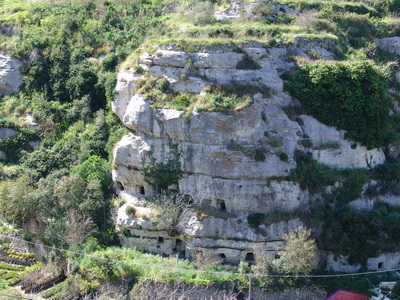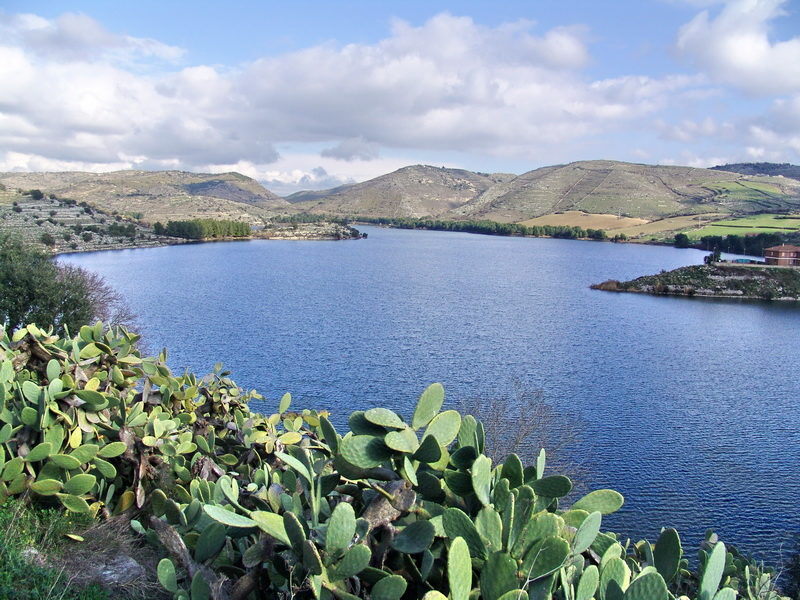10. An Example of SWOT Analysis: Ragusa
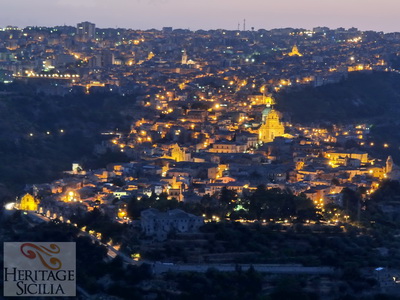
Premise.
The results of a territorial SWOT analysis constitute the input elements of the process that should subsequently lead to Piano of the Qquality Turistics (or Piano of Stangle Turistic Territorial)
In this sheet, for simplicity, in the SWOT analysis we wanted to take as a reference a very limited territory such as that of a single municipality (Ragusa), the methodological principles set out, and many of the results of the analysis, can however adapt to different municipal realities also not adjacent to the municipality taken as reference.
In reality, wanting to aim at local tourism development, it is necessary, indeed strategic, to aim at a wider territory. So the goal should be that (to remain within the territorial context taken as a reference) of the realization of a Piano of Stangle Turistic Ibleo, by carrying out a “Harmonized Integration” operation of the individual Local Development Plans previously implemented.
In the previous sheet we have seen an exemplary and non-exhaustive list of elements that a SWOT analysis of the territory should contain:
Minimal elements
- Mapping of the entire Cultural Heritage, Selection and Evaluation of attractive resources (conservation, potential, impact, etc.)
- Mapping and analysis of events and potential in terms of cultural offer (cultural operators)
- Mapping and analysis of tourist infrastructures (theaters, multifunctional centers, etc.)
- Mapping and analysis of tourist services in the area
- Mapping and analysis of the main structures of the tourism chain (in particular accommodation and catering facilities, divided by type, dimensional parameters - beds, stars, etc., -)
- Mapping of the infrastructures present in the area
- Analysis of tourist flows (origin - regional, Italian, foreign -, period, average stay time, type)
- Comparison of tourist flows with provincial, regional and national data
- Economic data (GDP at municipal, provincial, regional and national level)
- Fact-finding survey aimed at the largest possible number of local stakeholders, the so-called stakeolders: citizens, tourist and cultural operators, trade associations, companies, public and private bodies, etc., in order to highlight their perception of their strengths and strengths. weakness of the territory
The first point is extremely important and we could divide it into at least two parts:
a) Initial mapping of the Cultural Heritage of the Territory
b) Assessment of the state of the art of Cultural Heritage by identifying those cultural assets that have the potential to become real attractive resources, based on the state of conservation, usability, ability to create critical mass and effective "usability"
As regards point a), a starting point could be the Cultural Heritage Database that Heritage Sicilia in Collaboration is populating:
https://www.lasiciliainrete.it/banca-dati-del-patrimonio-culturale-di-sicilia/
To identify the local cultural heritage just choose the city of your interest (in our case Ragusa and / or the neighboring cities
In this regard, we invite everyone to collaborate by reporting to redazione@heritagesicilia.it, cultural assets not yet included in the database to help us improve the information content for cultural assets already included with particular attention to the aspect of accessibility (see one of the previous cards)
Point b) is more delicate as it implies knowledge of specific information on the state of the asset: conservation, use, accessibility also understood in terms of the opening hours of the asset to the public. It is also necessary to carry out further assessments, including economic ones (including aspects related to the cost / benefit ratio to allow public use) and other aspects, including external ones, which make it clear whether the asset in question, alone or together with others, can be considered, or made to become, a real "Attractive resource"
Considerations and preliminary on "Weaknesses"
We will discover that many weaknesses found in the area (not just Ragusa) are linked to a culture of quality that is not adequate for the purposes. An optimal Quality Culture should push to carry out policies and strategies in compliance with what we have called "Tourist Quality Factors" by identifying and implementing appropriate measurable indicators that constitute the "objective evidence" of these factors.
We recall some of these factors, referring to the specific sheet for details:
- Courtesy: kindness, respect, consideration and friendliness of the staff
- Guardianship : applicable above all in the case of cultural assets that could be damaged by incorrect use.
- Expertise: technical competence of the staff.
- How to get to the Genoa Aquarium in the ancient port: accessibility (also in relation to special needs: motor, visual, auditory, economic, etc.), ease of contact and facilitations in fulfillment.
- Communication: availability and ability to listen to interested parties, complete information on the services provided, use of understandable language.
- Hospitality: pleasant, welcoming and comfortable environments, pleasantness in the aspect of the structures, equipment and staff,
- Safety: absence of dangers for the public, compliance with safety regulations.
- Infrastructure and Equipment: quality of infrastructure, materials, equipment and tools
SWOT analysis on Ragusa
All the points indicated in "Minimum Elements" are extremely important as they allow us to understand many essential aspects to develop a Tourism Development Plan that is worthy of the name. In the absence of these data and adopting a very advanced scientific methodology (used much more than one can imagine) that scientists call "lightnose methodology "(in Italian "by the light of the nose"), Supported in any case by a direct knowledge of the area in which I live, I propose a SWOT analysis which, despite having nothing scientific, will probably not differ much from what could be officially proposed by the" experts "
Starting assumption: the Strengths and Weaknesses (Internal Factors), Opportunities and Threats (External Factors) indicated below are examples and not exhaustive.
1) Strengths:
1.1 Cultural vivacity
Ragusa, through the numerous cultural and entrepreneurial associations present in the area, expresses a strong cultural vivacity, it is a pity that…. (see weaknesses)
1.2 Wealth of Cultural Heritage
For the details of the various assets, see also the Cultural Heritage database mentioned above.
- Rich historical and artistic heritage (baroque and not only)
- Rich Archaeological Heritage (Necropolis and Hypogea scattered throughout the territory)
- Rich Intangible Cultural Heritage (see in particular the REIS recognitions and the "LIM" Regional Map of Places of Identity and Memory)
- Presence of naturalistic elements (for example the Vallata Santa Domenica, well managed and enhanced, could significantly contribute to the tourist development of the historic center of Ragusa)
- Rich Enogastronomic Heritage (see also DOP certified products and the PAT "Traditional Agri-food Products" awards
1.3 Weather
The climate present in the Ragusa area could be one of the factors in responding to one of the growing needs in recent years by tourists from the north who wish to spend the winter in less cold places than the country of origin.
1.4 Elements of territorial uniqueness:
Uniqueness elements to be shared online with other municipalities:
- Presence in REIS of film and television venues (ES: Places of Montalbano)
- Unesco site "The Late Baroque Cities of the Val di Noto"
- Traditional Food and Wine Products (see PAT and PDO)
- Archaeological itineraries (Ex: Hypogeum Iblei)
- Naturalistic itineraries (Valleys, Santa Rosalia Dam, etc.)
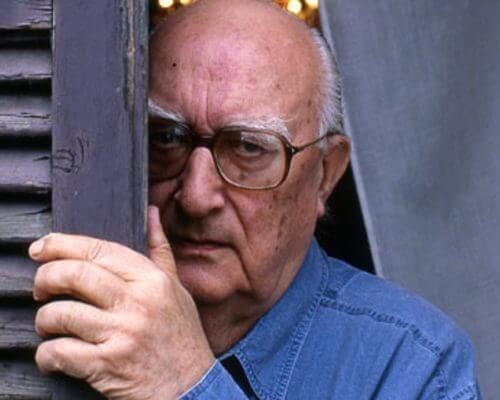
Elements of uniqueness typical of the Municipality
- Holy Valley Sunday
- “Castello” of Donnafugata
The strengths lead us to think that we could think of making the development of these forms of tourism a priority:
- Cultural Tourism (including food and wine and induced by "mass culture")
- Seaside Tourism
Other forms to consider:
- Seasonally adjusted tourism (thanks to the climate and the richness of the ever-present Cultural Heritage)
- Accessible Tourism. In reality, the state of the art does not currently favor this form of tourism, but it is impossible to think of a tourism development that does not take into account the fact that promoting accessible tourism is not a moral and legal duty but also an opportunity given the growth. of the demand associated with this form of tourism
2 Weaknesses:
For some of the weaknesses presented, reference should be made to the quality factors indicated in the introduction. It will be seen that some indicators are present for multiple factors due to their very nature. Furthermore, the lists are to be considered as examples and not exhaustive.
For intellectual honesty I must immediately clarify that in reality I could put further indicators than those actually mentioned, but I would touch the sensitivity of others with the risk of triggering self-defense mechanisms and openings of "dialectics" that could easily cross over into "controversies" that would not favor the path that I would like to tackle by presenting this study.
Inadequate "Competence" factor
Relative indicators:
- Poor knowledge of languages. This indicator also affects the "Communication" factor
- Poor knowledge of one's own cultural heritage (at times). How many know what REIS, LIM and PAT registers are just to name a few?
- Poor knowledge of quality management and monitoring tools (Quality Management Systems)
Inadequate "Accessibility" factor
Relative indicators:
- Presence of widespread architectural barriers
- Reduced opening hours (if not absent)
- Inadequate infrastructure
- Inadequate viability
- Inadequate transport
- Lack of tourist information
- Poor signage
- Uneven accommodation offer
Inadequate "Communication" factor
Relative indicators:
- Lack of tourist information
- Poor signage
- Poor knowledge of languages
Inadequate "welcome" factor
Relative indicators:
- Inadequate street furniture
- Poor sensitivity to the particular needs of some users (elderly, children, disabled, food intolerances, etc.)

Lack of support structures for cultural initiatives
- Lack of a multifunctional center of adequate size for cultural initiatives
- Lack of a theater of adequate size for cultural activities
- Lack of a Congress Center which could also favor congress tourism
Culture of the "context" and of the suboptimal urban furniture
(On this point, to better clarify the concept of "context" I will shortly re-propose an article of mine initially written over 20 years ago after I have adapted it to the current legislation)
In summary, here are other weaknesses
- Inadequate auxiliary services to tourism
- Fragmented cultural offer
- Limited design capacity
- Difficulty in creating critical mass
- Difficulty in operating on the network (strong individualism and limited presence of coordination)
- Lack of long-term vision
3) Opportunity
Presence of new infrastructures
- Comiso Airport
- Port of Pozzallo
- Siracusa-Gela motorway (when there will be)
- CT-RG expressway (if and when there will be)
- Presence of a similar Cultural Heritage in the neighboring centers (which could be exploited by reasoning from a network perspective and in terms of the territory's tourism supply chain)
Acknowledgments or Inclusion in recognized Lists and Registers
In this regard, see the Unesco sites and the REIS, LIM and PAT registers)
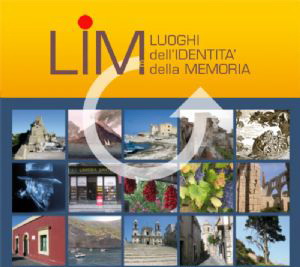
Opportunity linked to an increasing demand for tourism also in its various forms (cultural, accessible, seasonally adjusted, etc.)
Opportunity linked to the economic recovery
Opportunity linked to the development of a culture of quality
Opportunity linked to a greater perception of the tourist potential of one's territory
Presence of organizations linked to the promotion of the territory (tourist district, natural shopping centers, trade associations)
Presence of regional and national public funding
4) Threats
- Individualism on the part of public structures (relationships between the various public structures in the area are not easy)
- Individualism on the part of individuals (relations between individuals)
- Fierce competition from other neighboring tourist centers and not in cases where an "enlarged" Territorial Tourism Development Plan is not aimed
- Degradation of some areas of the historic center of Ragusa Centro
- Consequences related to unsustainable tourism (traffic, pollution, increase in costs for the inhabitants: housing, products in general, entertainment, etc.)
Ignazio Caloggero
[Google-translator]
[wp_ad_camp_1]
[wp_ad_camp_1]
Tourism Quality and Cultural Heritage by Ignazio Caloggero




